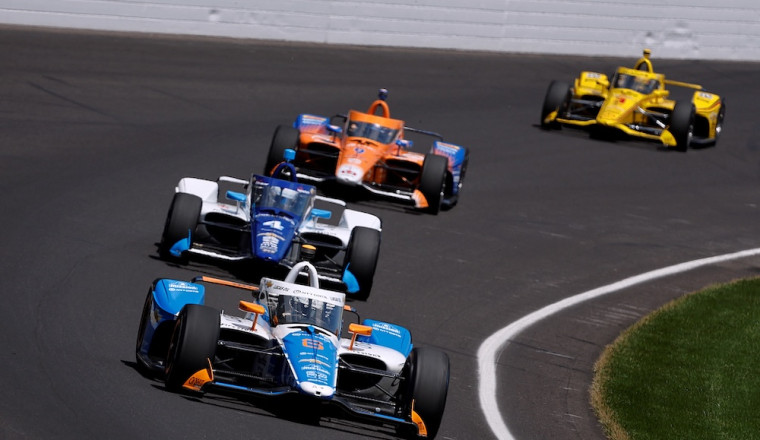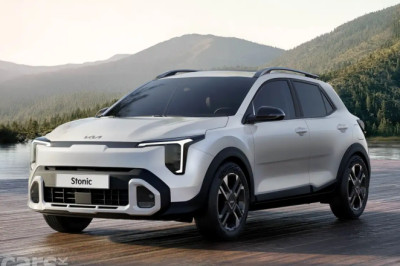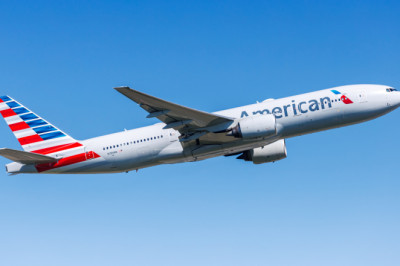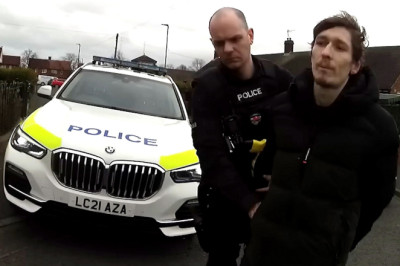
The IndyCar Series recently found itself embroiled in controversy after the U.S. Department of Homeland Security (DHS) published a social media post announcing a new detention program in Indiana and included a digital rendering of a Dallara DW12 IndyCar—complete with official-looking IndyCar branding and U.S. immigration insignia. IndyCar quickly distanced itself from the post and usage of its intellectual property, making clear that it had neither authorized nor approved the association of its iconic racing imagery with federal detention or immigration enforcement.
This incident highlights the sensitivity of brand identity in motorsport and the pitfalls of using recognizable cultural symbols in political or governmental campaigns. The Dallara DW12, since 2012 the backbone of the IndyCar Series, is deeply emblematic of American open-wheel racing. As such, any use beyond racing—especially connected to contentious subjects like immigration enforcement—risks strong reactions both from the series itself and its fanbase.
IndyCar’s response was swift and unequivocal: it stated that it maintains strict control over its brand and trademarks and that any use of the IndyCar name, logo, or visual likeness must be officially sanctioned. The series emphasized it had no involvement in the DHS initiative and objected to its branding being used in this context.
The image itself, a digital concept rather than a real race car, nevertheless carries potent symbolism given Indiana’s historic connection to both the sport (home to the Indianapolis Motor Speedway) and the Dallara manufacturing facility. For many fans and the series’ organizers, associating IndyCar’s visual identity—known globally for competition, innovation, and community spirit—with a federal law enforcement campaign was both inappropriate and damaging.
Beyond brand protection, this episode sparked broader discussion in motorsport and social media circles about the political and ethical boundaries of leveraging sports iconography. In an era when teams and sponsors invest heavily in image and messaging, unauthorized commercial or governmental use of familiar racing assets is likely to face strong pushback.
The 2025 incident involving the DHS, a Dallara DW12 IndyCar rendering, and a controversial detention program serves as a cautionary tale. It underlines how fiercely top sporting series guard their reputation, especially when their visual identity is drawn into societal debates well outside the racing paddock. IndyCar’s decisive and public distancing reinforces just how jealously the sport protects the intersection of its brand with the wider world.














